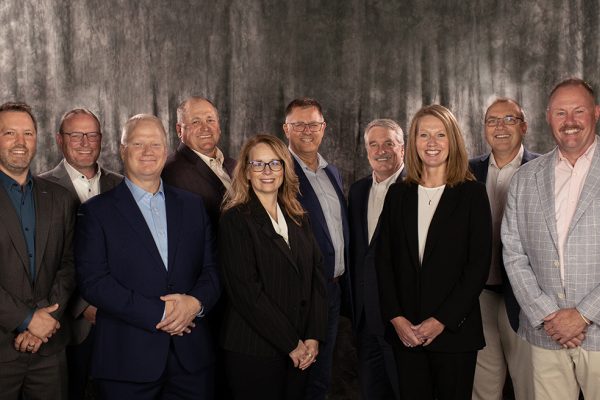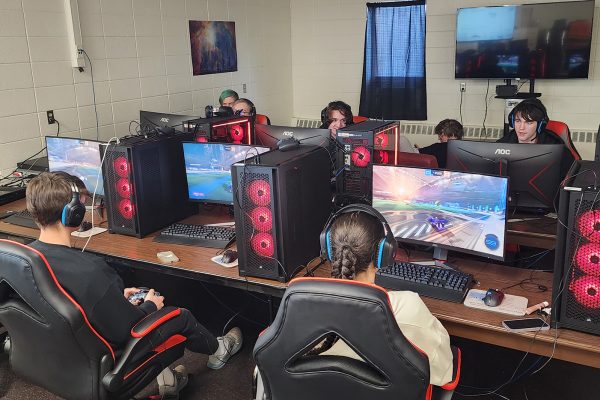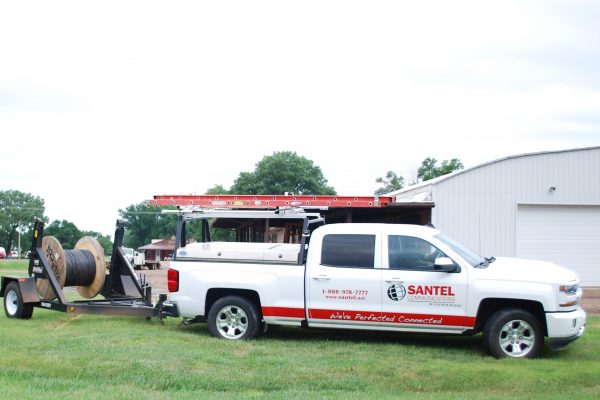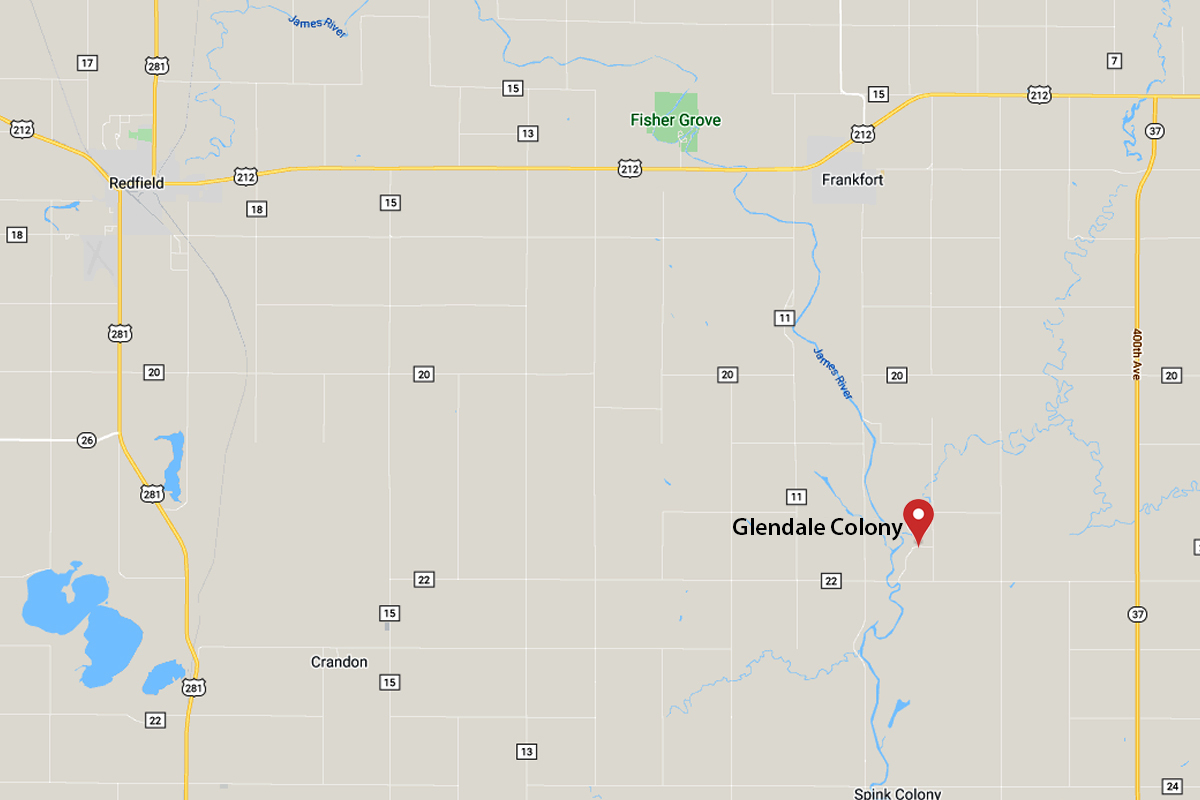
Why even Hutterite colonies want internet fiber connectivity
Hutterite colony life might seem remote. Many perceive that the religious colonies shun modern technology, including the internet, but Hutterites depend on it for economic survival.
Glendale Colony raises crops along the James River about 18 miles southeast of Redfield. Farming of any size requires internet connectivity to boost productivity. Recognizing the future depends on it, colony elders even embrace putting iPads in the hands of every elementary student in the colony school managed by the Hitchcock-Tulare School District.
In October, James Valley Telecommunications (JVT) finished the construction of fiber connectivity to the colony school.
“You’d be surprised how much technology Glendale Colony has,” says Hitchcock Tulare School District Technology Coordinator Jason Wenzel. “We had a wireless connection from one building to the colony school, but teachers had to limit access. Streaming audio or video was challenging. Now with a fiber connection, we’ll be able to have all 30 students simultaneously do online testing.”
Similarly, banking in rural South Dakota can’t thrive without high-speed broadband. JVT delivered fiber to every home and the one business in tiny Turton, population 49.
Farmers State Bank of Turton is a mainstay on Main Street. Bank president Monte Troske says his operation was maxing out its pre-fiber connection. That limited what his staff could do with internet banking, online imaging and insurance quotes. Today, with up to a Gig of service, Troske says the bank’s productivity has increased for its customer base, which is 95% agricultural lending.
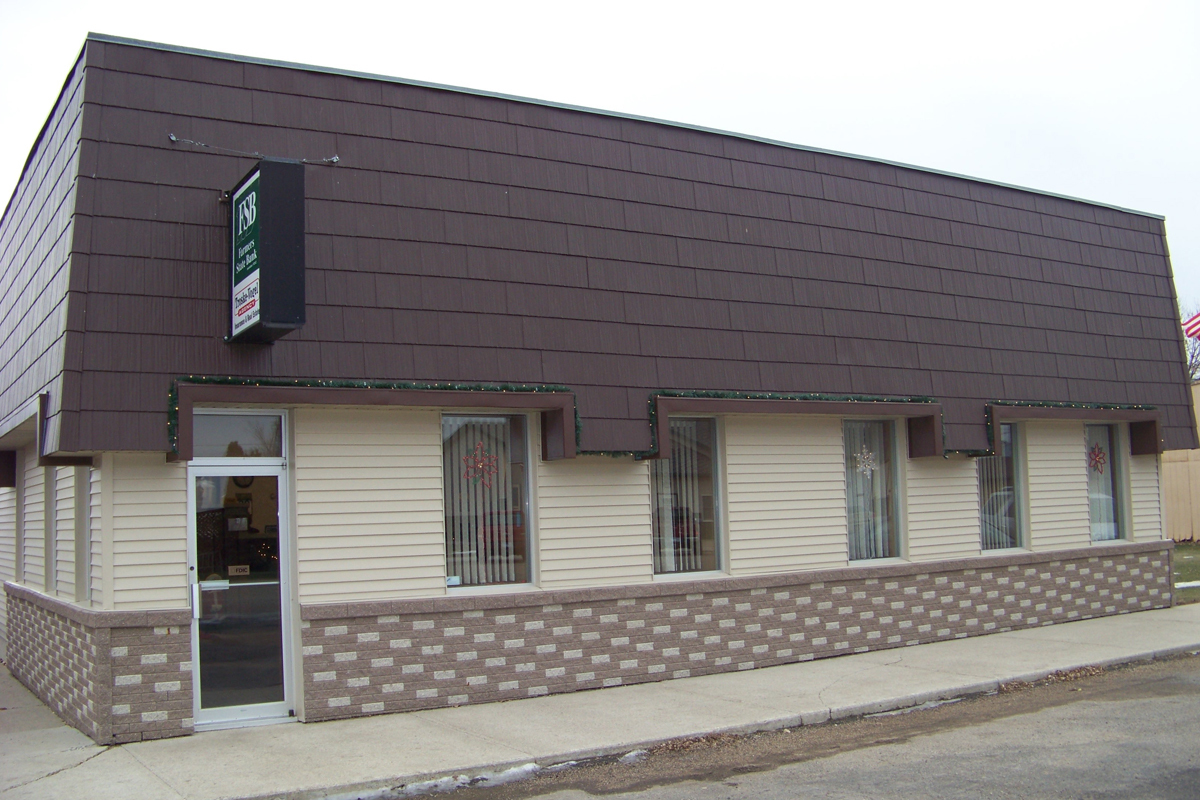
While it’s about productivity at the bank, the fiber connection to Troske’s Turton home is all about convenience and quality of life.
“I’m a little bit of a sports guy,” Troske says with a chuckle.
The Notre Dame and Husker football fan loves the ability to stream games to his TV.
“I’m 100% sold on James Valley Telecommunications. They do a good job,” Troske says.
Troske’s business and the Glendale Colonies farms are more than 20 minutes from any community of significant size, but Lori Volk’s housing development is less than three miles from Aberdeen. Yet, she had to wait 15 years to get broadband connectivity to her development of 31 homes.
Her home was among the first built there, and this summer she was among the first to receive a fiber connection to JVT’s Aberdeen affiliate, Northern Valley Communications.
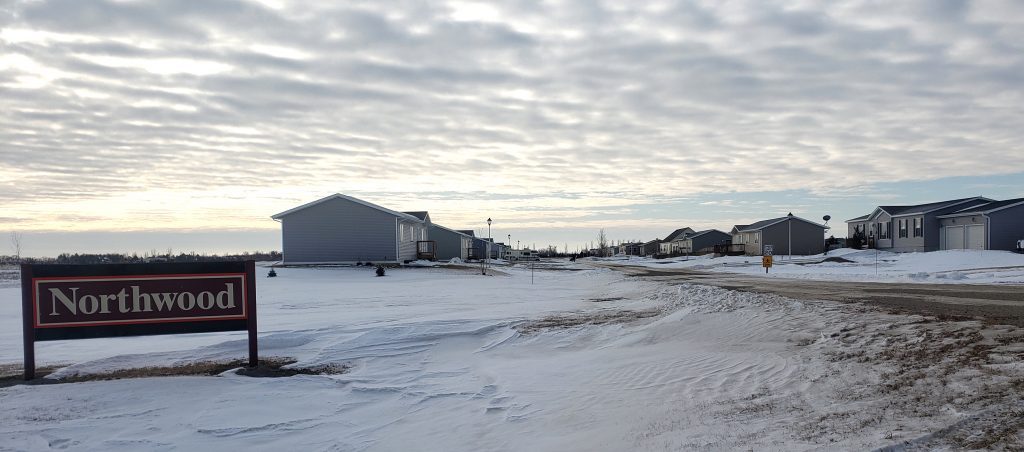
“It’s so nice not having the drama of wireless providers we used to use that don’t perform well in rainy or stormy weather,” Volk says.
Volk, who is active as treasurer in her Northwood Development home association, says Qwest (now CenturyLink) wouldn’t provide homeowners with any internet services. They tried for years to recruit other service providers, but it was locally owned NVC that came to their rescue.
“All 31 houses connected, and it’s a great service. No one has complaints,” Volk says.
Volk finds the connectivity at her home makes her more productive in her job as the office manager at Aberdeen Machine Tool.
“If I’m sick, the weather is bad, or I’m just trying to catch up on email, I can connect remotely from home. It sounds so simple for people who have done that for years, but that wasn’t an option for me until Northern Valley came to our rescue,” she says.
James Valley/Northern Valley CEO James Groft, who lives eight miles outside Mellette on a farm served by fiber, understands the value. That’s why he’s anxious to get every home in their service area connected via fiber.
“Our goal is to have 100% fiber to every home, farm, and business in our service area by 2023. We live and work here. We want all our neighbors to have the same internet and economic opportunities,” Groft says.
The investment is evidence of how South Dakota’s independent broadband companies are quickly connecting their customers to fiber and expect nearly 100% fiber-to-the homes, businesses, and farms in their territories by the end of next year.
In some cases, those local broadband companies are expanding beyond their service territories, thanks to a public-private partnership. Gov. Kristi Noem’s Connect South Dakota grants totaled $5 million last year and resulted in $11 million in broadband investment, giving 4,800 homes, farms and businesses access to high-speed internet. Noem is asking lawmakers to invest another $5 million this year to chip away at the estimated 88,000 South Dakotans without broadband access.

